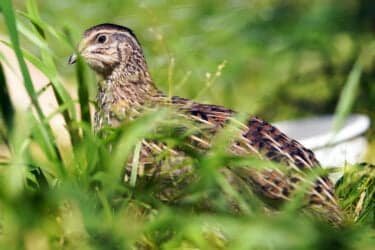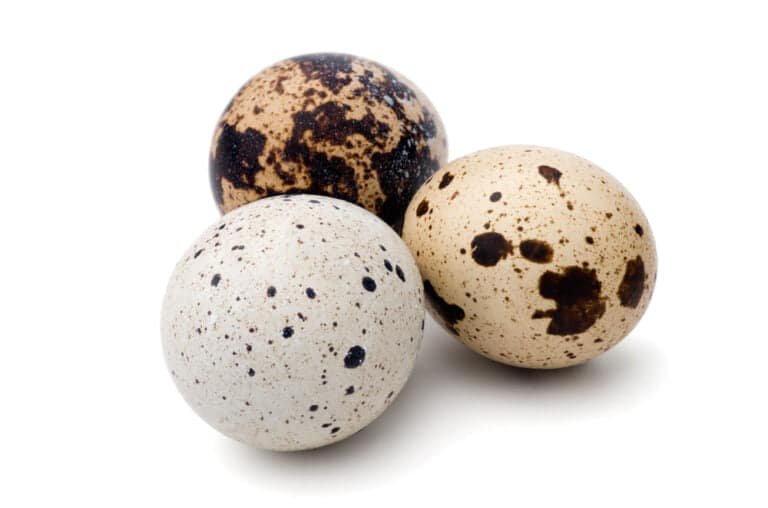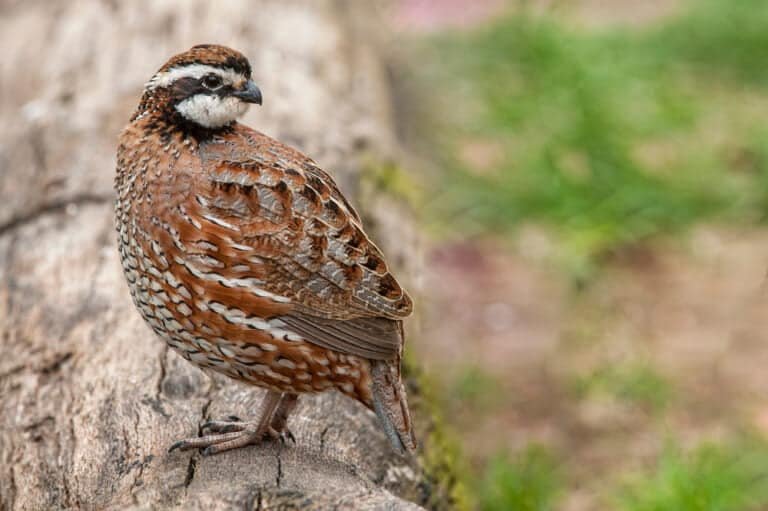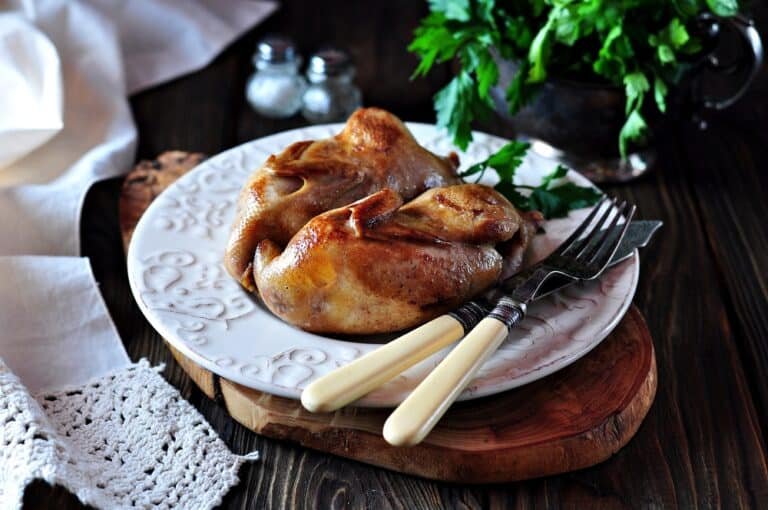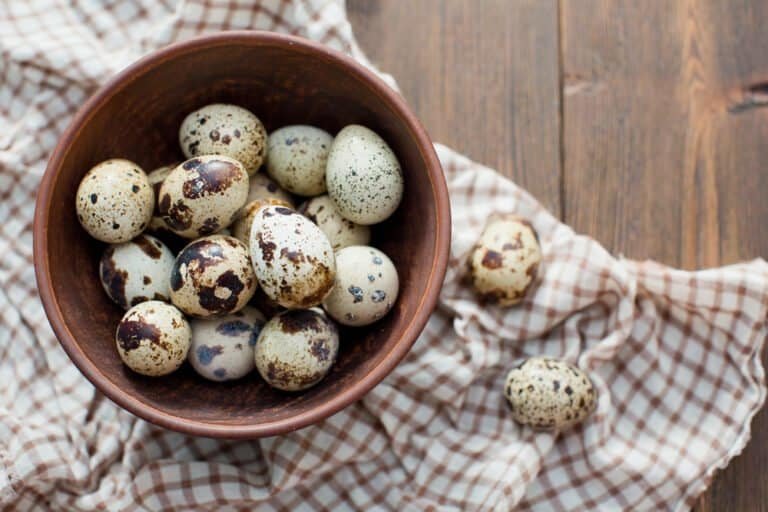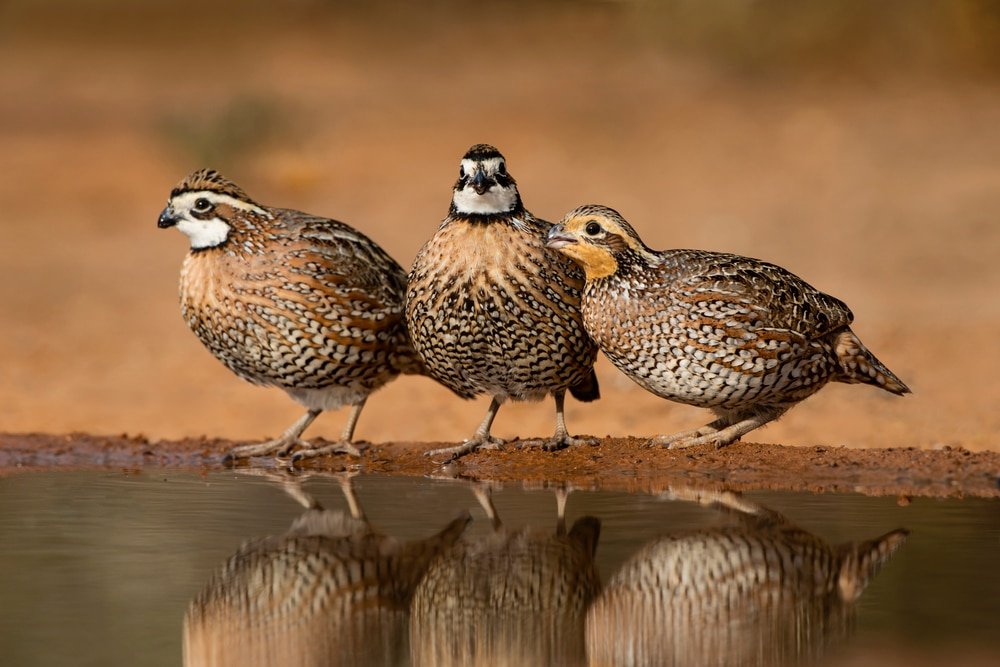Feeding Quail Right: A Nutritional Guide to Their Appetites
What do quail eat? These fascinating avian creatures from the Phasianidae family are renowned for their small size and diverse range of species. These charming birds possess distinct physical features such as round bodies, short wings, and intricate plumage patterns that vary between species.
While quail are native to various regions worldwide, they have become increasingly popular in domestication and aviculture due to their unique attributes. To raise healthy quail in captivity or conserve them in their natural habitats effectively, it is crucial to possess a comprehensive understanding of their dietary needs.
Brief Overview of Quail as a Species
Quail encompass a diverse group of small- to medium-sized birds that belong to the Galliformes order. With over 130 known species distributed across different continents, these ground-dwelling birds exhibit remarkable adaptations for survival in various habitats ranging from deserts and grasslands to forests and wetlands. Quail species can differ significantly in terms of appearance and behavior.
For example, the Northern Bobwhite is predominantly found in North America and showcases distinct coloration with its rich brown feathers dotted with white markings. On the other hand, the California Quail, native to western North America, exhibits stunning plumage characterized by bold black facial markings and a striking crest.
Understanding Their Dietary Needs
Gaining insight into the dietary requirements of quail is vital for several reasons. Firstly, understanding what quail eat helps ensure proper nutrition for these birds when kept in captivity or during conservation efforts. We can enhance their overall health and reproduction rates by providing a balanced diet that accommodates their nutritional needs.
Additionally, comprehending quail diets assists farmers who raise quail for meat or egg production by enabling them to formulate appropriate feeds that optimize productivity. Furthermore, studying the feeding habits of quail contributes to our knowledge of their ecological roles within diverse ecosystems, helping us maintain balance and conserve these species effectively.
Quail are captivating birds with various species, each exhibiting unique characteristics. Understanding their dietary needs is paramount for successful conservation efforts and effective management in captivity.
By delving into what quail eat, we can contribute to their overall well-being and benefit from the insights gained regarding farming practices and ecological understanding. In the subsequent sections of this article, we will explore the general diet of quail and delve into specialized diets for specific quail species.
Vegetation and Plant Matter
Leaves and Shoots
Quail have a diverse diet that includes various types of vegetation and plant matter. One significant component of their diet is the consumption of tender leaves and shoots from plants such as clover, dandelion, chickweed, and plantain. These leafy greens provide quail with essential vitamins and minerals for their health and well-being.
Clover, known for its trifoliate leaves, is highly favored by quail due to its accessibility in many habitats. The young shoots of clover plants are rich in vitamins C, K, calcium, and magnesium.
These nutrients aid in maintaining strong bones and promoting proper blood clotting in quail. Dandelion leaves are another favorite of quail.
Despite being regarded as a weed by some people, dandelions offer valuable nutrition to these birds. Dandelion leaves are high in vitamins A, C, E, K, iron, potassium, and calcium.
This combination of nutrients supports the immune system function and helps maintain healthy skin and feathers. Chickweed is another plant commonly consumed by quail due to its tender leaves, which provide a good source of dietary fiber and vitamins A and C. Additionally, it contains trace amounts of important minerals like iron and calcium that contribute to the well-being of these birds.
Plantain is yet another green delicacy for quail; they relish the tender leaves and the seeds they produce later. Rich in vitamins A and C and essential minerals like potassium and magnesium, plantain nourishes healthy growth.
Wild Berries And Fruits
In addition to consuming various types of vegetation’s leaves and shoots, quail supplement their diet with wild berries and fruits when available. Quail particularly enjoy berries such as blackberries and raspberries. These small fruits provide quail with natural sugars and valuable antioxidants.
The vibrant colors of blackberries and raspberries indicate their rich antioxidant content, which protects quail’s bodies from oxidative stress. Antioxidants help neutralize harmful free radicals, reducing the risk of cellular damage and promoting overall health and vitality.
Quail also relish small fruits like wild grapes, which offer similar benefits to their health. These fruits are a source of vitamins, minerals, and natural sugars that provide an energy boost to these birds during periods of increased activity or migration.
Including wild berries and fruits in the diet of quail not only diversifies their nutritional intake but adds a touch of flavor to their meals. The abundance of these plants in certain regions ensures that quail can enjoy a variety of tastes while reaping the nutritional rewards they offer.
Specialized Diets for Different Quail Species
Bobwhite Quail (Colinus virginianus)
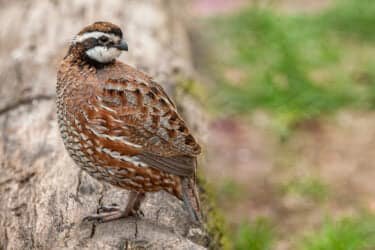
Bobwhite quail have a unique dietary preference, including weed seeds such as ragweed or pigweed. These tiny birds can locate and consume these specific seeds, often overlooked by other bird species. Their beaks are well-suited for cracking the tough outer shells of these seeds, allowing them to access the nutritious contents within.
Additionally, bobwhite quail have an affinity for legumes like clover or lespedeza. These leguminous plants offer a rich source of protein and other essential nutrients, aiding their growth and reproductive success.
California Quail (Callipepla, California)
The California quail, also known as the valley quail, has a specialized diet that differs from its bobwhite counterpart. While they also consume various seeds and grains like their counterparts, California quail demonstrate a particular fondness for the leaves and shoots of different plants. They actively seek tender leaves from clover, dandelion, chickweed, and plantain plants.
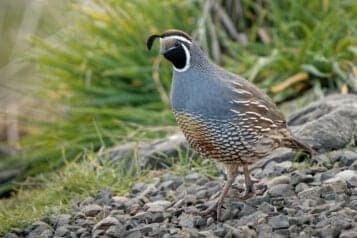
This vegetation not only provides vital vitamins and minerals but also offers a refreshing change in flavor for these birds. Besides plant matter, California quail also incorporate wild berries and fruits into their diets when available.
They may indulge in berries like blackberries or raspberries in their natural habitat or small fruits such as wild grapes that grow on vines. These fruits serve as valuable supplements to their diet by providing essential antioxidants that contribute to their overall health.
Conclusion
Understanding the specialized diets of different quail species is crucial for ensuring their well-being in captivity or conservation efforts focused on preserving their natural habitats. Bobwhite quail prefer weed seeds like ragweed and pigweed while also benefiting from consuming legumes like clover or lespedeza. On the other hand, California quail like tender leaves, wild berries, and small fruits found in their environment.
By comprehending the specific dietary requirements of different quail species, we can better support their nutritional needs and contribute to their thriving populations. Embracing this knowledge allows us to appreciate these fascinating birds and actively participate in their conservation efforts.

